It’s hard to believe that as I write this, it’s early February, and the end of our trip is beginning to loom in the distance. As we packed so many activities and sights into the first month, time seemed to move rather slowly, but I have to say that January passed me by in the blink of an eye. At this point, I can comfortably say that I’ve adjusted to life in Seoul and am already beginning to feel a sense of sadness at our impending departure. However – this does not mean that we’ve stopped exploring and learning much about the uniqueness and history of South Korea!
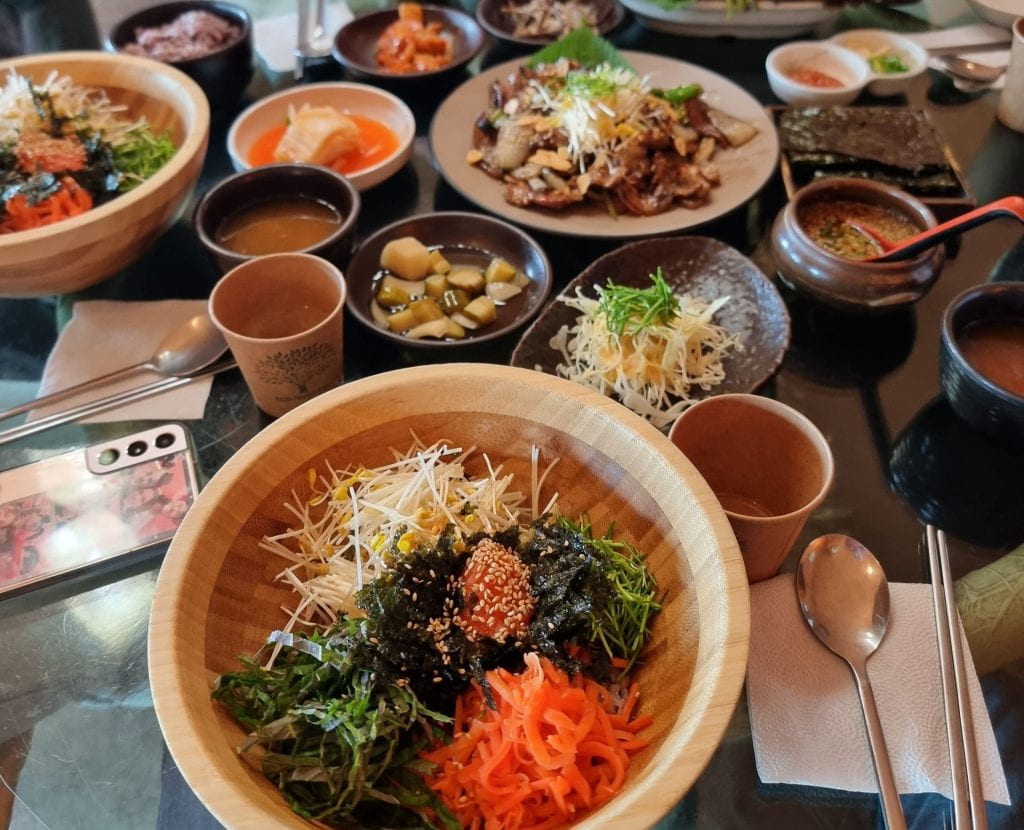
Just last weekend, my doumi (or assigned buddy from Korea University) offered to show me around Sejong City, the city in which he is currently studying. Although Korea University is largely based in Seoul, it also has a campus located in Sejong, where some students (like my doumi) complete their studies. Sejong is a notable city for a couple of reasons: it was founded rather recently, in 2007 and is taking on the role of new planned capital for South Korea. The Korean government has been working on relocating many of its ministries and governmental activities to the city in efforts to help combat population density in Seoul and create more investment in the centre of the country. The city is still under construction and will be so for the rest of the decade! – which means that as you move around the city, you’re struck by the simultaneous sight of newly built buildings stretching out across the landscape alongside new construction taking place everywhere you look. There’s something that strikes you in Sejong that I found took me a little while to realise – the lack of people. Despite the expanse of new construction and development, there were only just over 360,000 people living in the city at the end of 2020 (or, as I like to use as my handy point of reference, almost exactly two Hamilton, New Zealands). It was a very strikingfeeling (for want of a better word!) to be walking around a brand-new city with gleaming buildings, all while seeing very few people out and about. Admittedly, it was rather cold, too, so this probably wasn’t encouraging people to be roaming the streets!
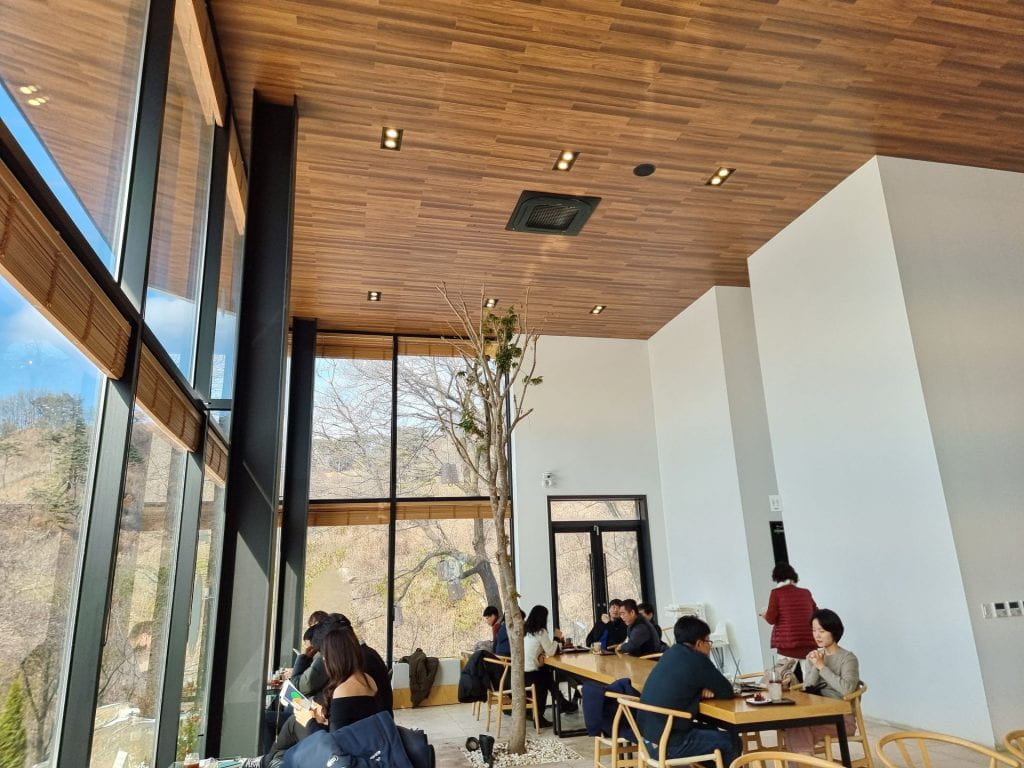
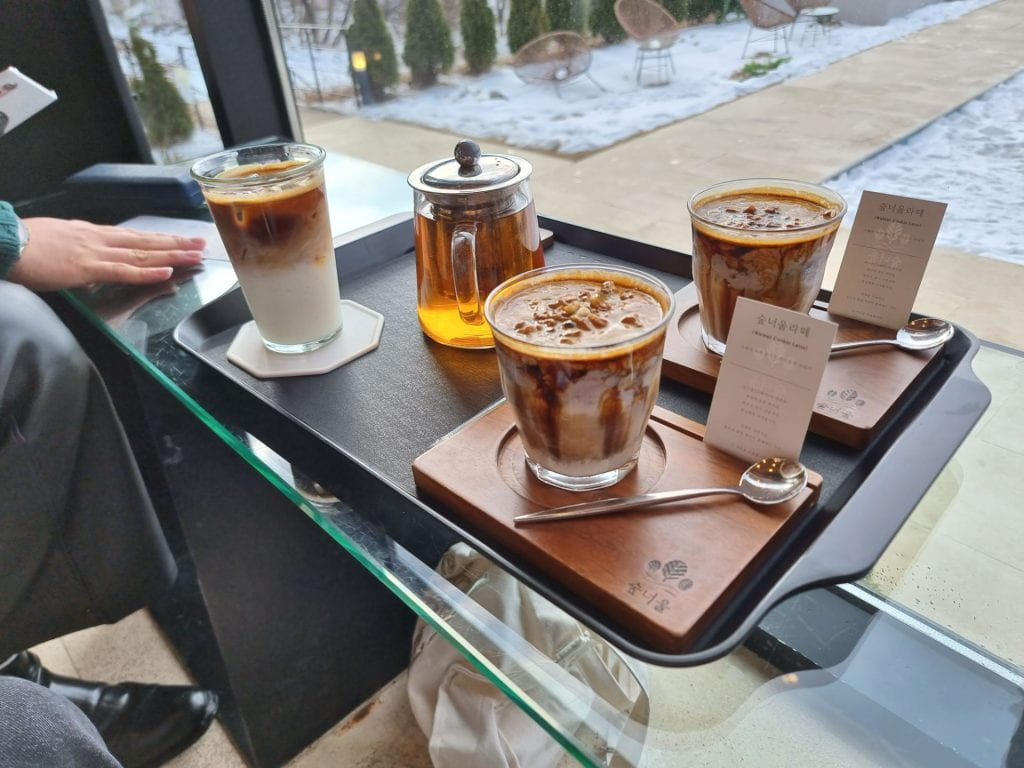

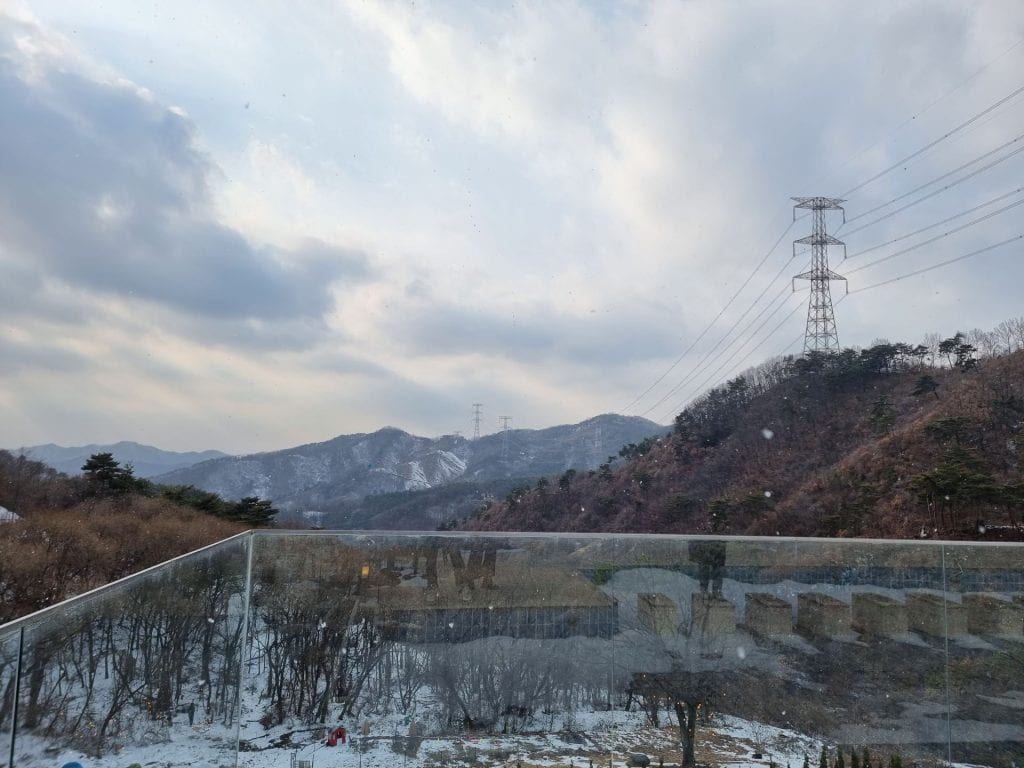
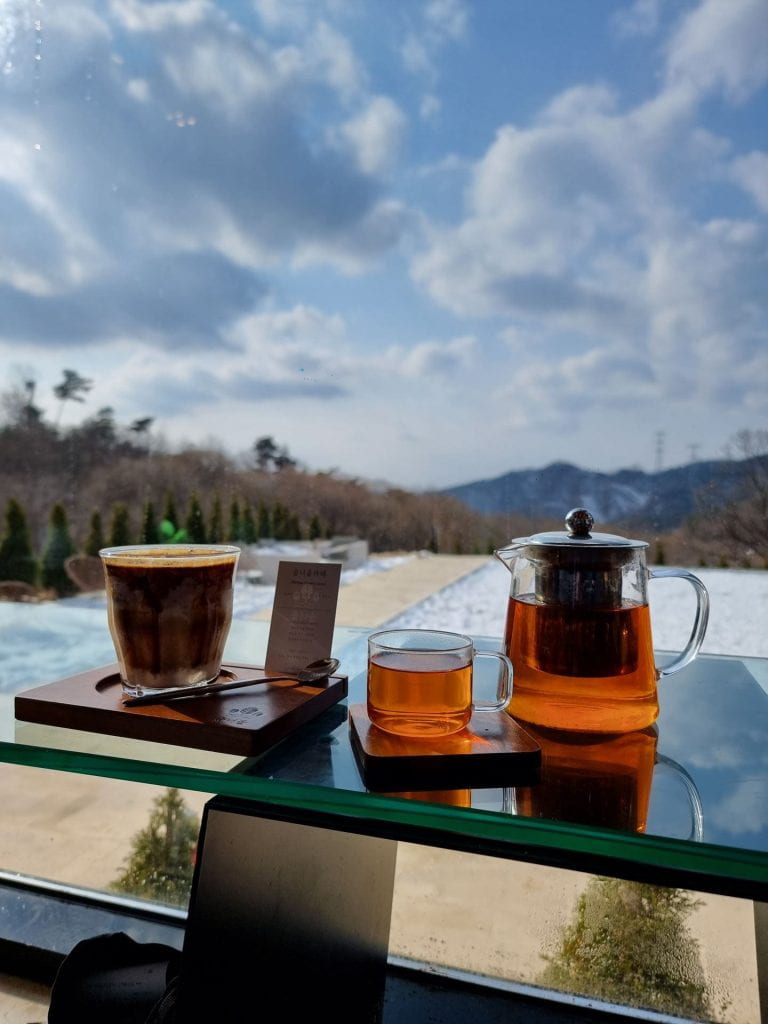
Seeing Sejong provided a very useful counterpoint to Seoul and gave me a very memorable insight into where Korea’s development is headed and how the government envisions future Korean metropolitan development. I returned to Seoul with fresh eyes and a sense of curiosity as to how Seoul itself will change as Sejong nears official completion in the coming years. Interestingly, the city has not been built with a subway system, something my doumi mentioned many Koreans were confused about. He also told us about how despite the city’s newness, he still wanted to return to Seoul – as with a (comparatively) tiny population, Sejong does not yet have such a wealth of things to do and places to see. Undoubtedly, this will change as the city continues to progress and people move into the region, but I, too, noticed this from my rather fleeting visit. We visited a shiny new pedestrian bridge which spans a river in a giant circle – a spectacular piece of architecture, but served to illustrate a vast contrast against the river flowing by underneath. Unlike Seoul, where the Han River is bordered on both sides by parks, bicycle paths, people walking, and cafés, the river in Sejong was merely that – a river. Seeing a city in progress was something I’d never seen before and, in fact, had never really thought about before! It was quite mind-blowing to see how a city can just be created and also how the city itself must go through a growing period of limbo before it has the same bustling feel as well-established cities all around the world.
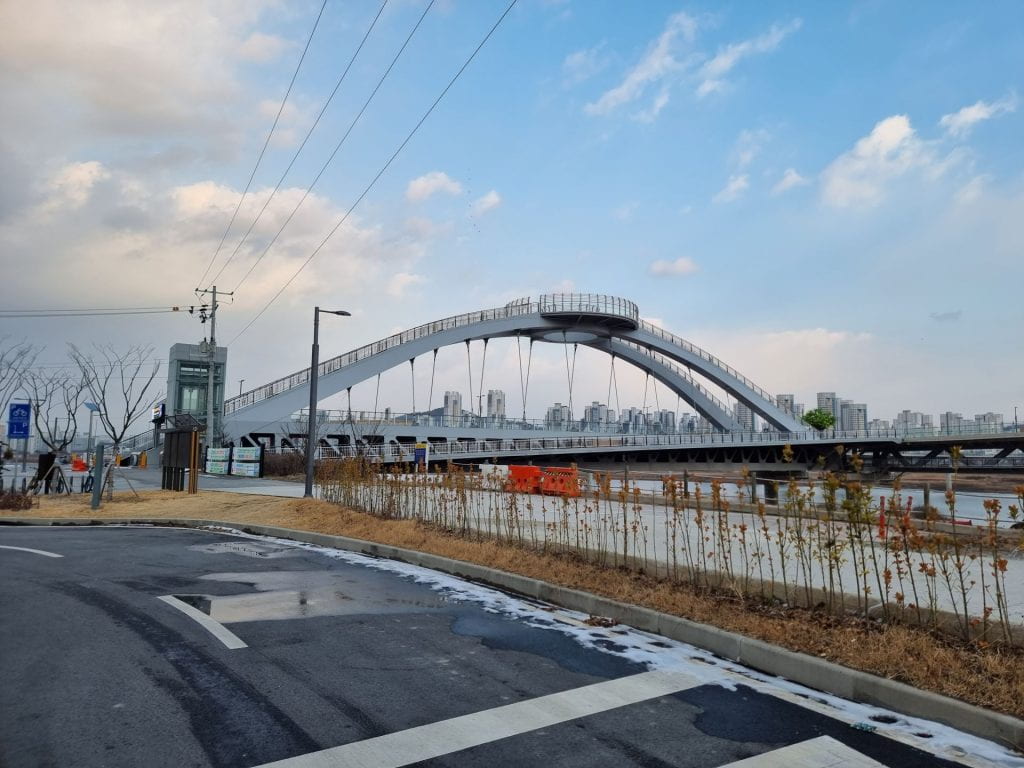
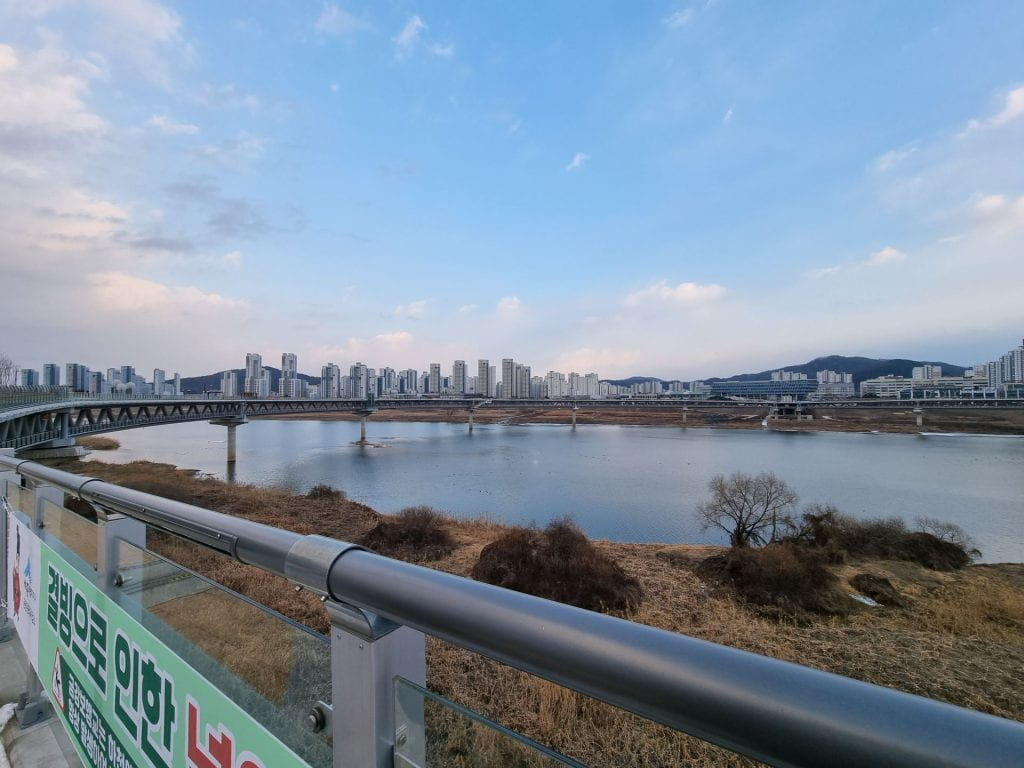
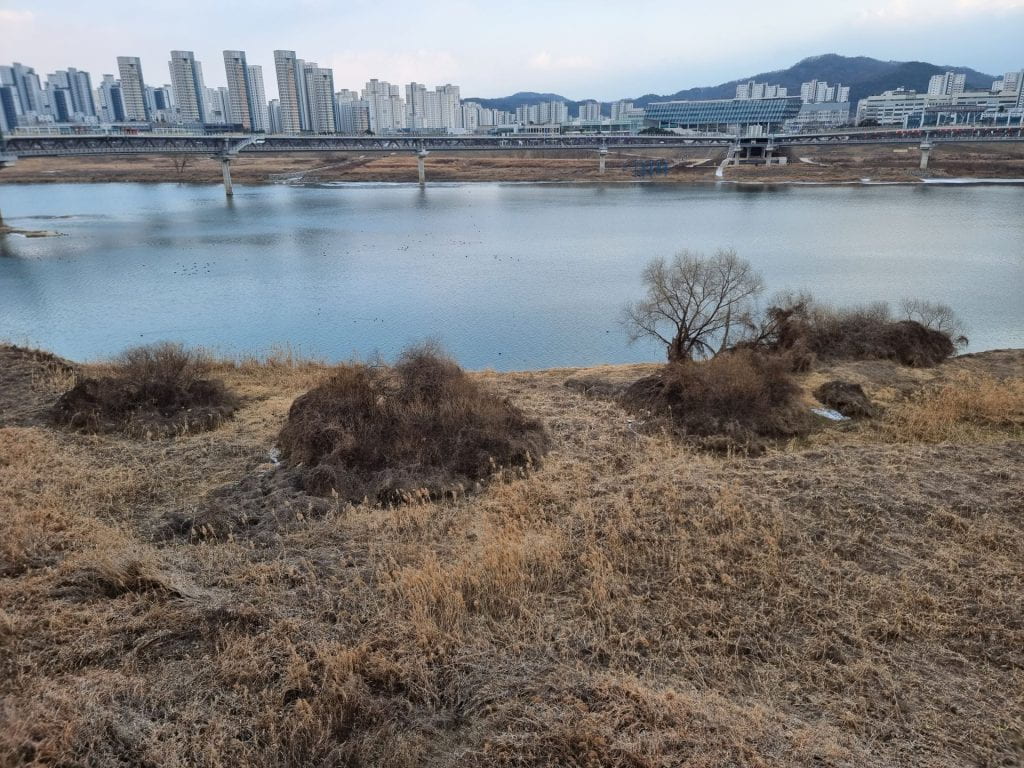
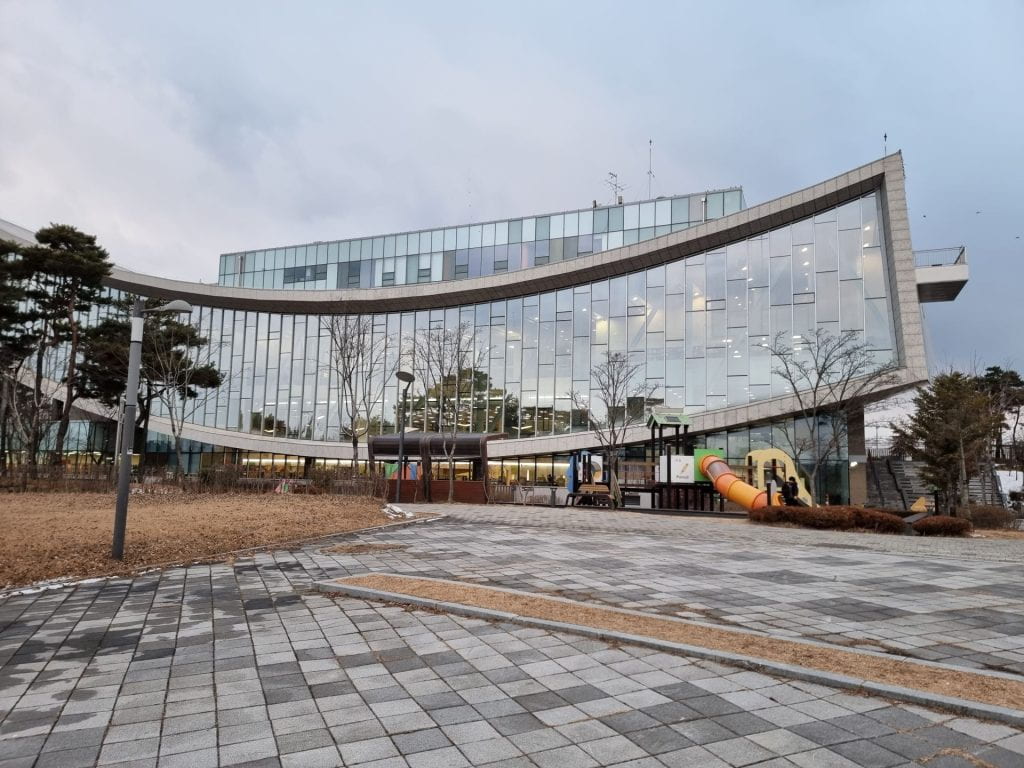
Looking back towards home, one thing I have noticed about Korea is just how valuable investment in public facilities and services can really be. New Zealand’s small population means implementing nationwide public transport and similar services can be quite cost-prohibitive. And, even when something like that is proposed in our biggest cities, it meets a lot of resistance from some of the population who see it as a waste of money or a use of money that could be spent on many other things. We just have to look at Auckland’s City Rail Link or proposed light rail project to see this taking place. It’s been very refreshing to be in a city where public transport, for instance, is both reliable, safe, easy to use, and cheap enough to make it practical. As a student in Korea, it’s made it incredibly easy to navigate around the city and has given us the power to explore parts of the city that would otherwise have been impossible. Admittedly, having almost 10 million people in a city does make this an easier task for the government to implement, but access to such a practical and convenient system is something I will sorely miss upon my return.
